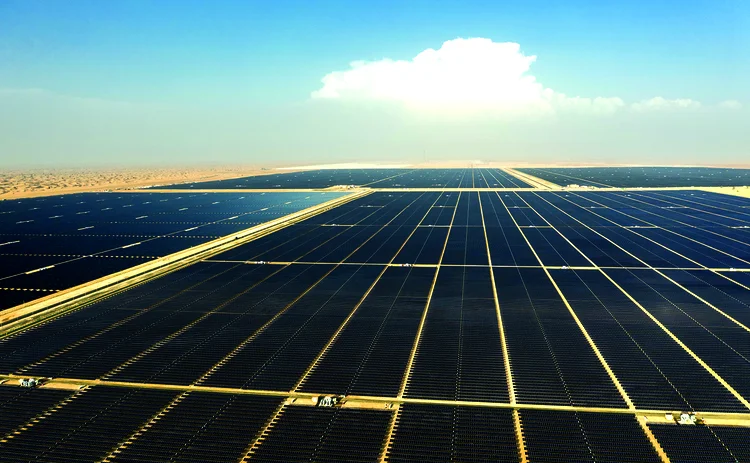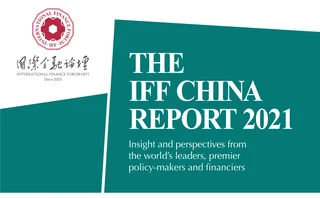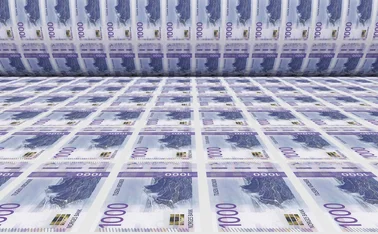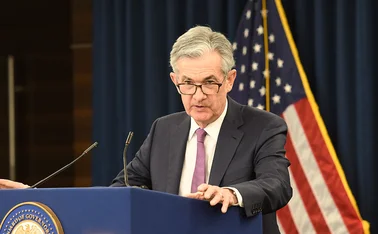
The new global green power highway


At the 11th meeting of the Group of 20 in Hangzhou in September 2016, world leaders gathered and agreed unanimously to work together “towards an innovative, invigorated, interconnected and inclusive economy”. Ten months later, in June 2017, the International Finance Forum’s Silk Road International Association (SRIA) was created at the International Export Centre in Hangzhou – four years after President Xi Jinping inaugurated the Belt and Road Initiative (BRI) in Kazakhstan.
When the Silk Route first came into existence in the third century BC, it epitomised globalisation and connectivity. The movement of people and goods along the Silk Road created new jobs, income and prosperity along the route. The interconnectivity among nations along the Silk Road would have advanced creative ideas to compete with new challenges coming from the outside. Interconnectivity was the symbol of the Silk Road in ancient times and has become the hallmark of today’s digital transformation. Smartphones, for example, are linking people around the world as if they were close neighbours.

At present, humanity continues to weather one of the most severe health crises of the past 100 years. The Covid‑19 pandemic is, however, a short-term disaster. A much more dangerous challenge threatens long-term prosperity – climate change and global warming.
Powering up
The mission of the SRIA must be realigned to mobilise the investment necessary to cope with the ‘new normal’ after Covid-19. The pandemic sent the world a warning that ecological crises can no longer be ignored. Our life after the pandemic cannot be the same as before; in the face of an outbreak of a single virus, our economic, financial and industrial success was severely damaged ovenight.
The SRIA will need to widen the horizon of its vision to focus on enhancing ecological competitiveness as an overarching goal that comprises ecological sustainability and industrial competitiveness. Ecological competitiveness is now a new normal in the wake of Covid-19, and will become a critical factor for our future development. Public health systems are integral to economic competitiveness, and those countries with poorly equipped health systems will suffer socially and economically. Countries that handled the Covid‑19 outbreak successfully have proven to be the most competitive in their industrial and economic performance and recovery.
As Covid-19 is just a harbinger of an ecological crisis now being unleashed by climate change, the SRIA could promote new green infrastructure along the Silk Road. The vision of greening the existing connectivity infrastructure of Silk Road countries and building a new green infrastructure could boost the leadership of the SRIA as the driver of ecological competitiveness that will be critical for the post-Covid‑19 era. President Xi pledged at the UN General Assembly in September 2020 that China would become carbon neutral by 2060. Realising the UN’s vision of carbon neutrality by 2050 is an ambitious global agreement. This ambition needs to be harnessed by the SRIA to support member states to take advantage of the opportunities arising from the Net Zero 2050 target around the world. A quantum jump to clean power production is an absolute necessity. Producing solar and wind power on a large scale across the vast wastelands along the BRI route would help generate clean power for the East, which should be a priority for the SRIA. China is now the leader of super grid technology for transmitting electricity across thousands of kilometres, connecting cities and towns from the west to the east of the country. Developing a global green power highway along the BRI would be a game-changer for realising carbon neutrality by 2050.
It is possible for the extensive under-utilised land along the Silk Road to be turned into production centres of clean power, which will create economic benefits for locals, while consumers will profit from the cheaper price of clean power.
The cost of solar power from deserts in the United Arab Emirates, for example, has proved even cheaper than coal-generated power. The global green power highway has the potential to supply massive quantities of clean power to consumption centres and cities at a lower price. The SRIA should position itself as the pioneer and driver of this vision.
The modern Silk Road … should be extended eastwards towards the Korean peninsula and Japan, two of the most dynamic and sophisticated economies in the world today
Ancient and new routes
At the same time, we have to work hard to continue to extend the Silk Road eastward. In ancient times, the Silk Road started from Xi’an and now extends east to China’s inland cities, while the Maritime Silk Road starts from Guangzhou and extends west. However, China is different today from when it was ruled by the Han or Tang dynasties, and the world is different from that of the Roman or Byzantine empires, two of the greatest civilisations at the time of these routes’ inception.
The modern Silk Road, particularly the global green power highway, should be extended eastwards towards the Korean peninsula and Japan, two of the most dynamic and sophisticated economies in the world today. Together with China, these countries are also major emitters of carbon dioxide. Combined, these countries accounted for almost one-third of global carbon emissions – China for 27.2%, Japan for 3.2% and Korea for 1.7% in 2017.
There is also potential for the Maritime Silk Road to expand east from the major ports of China, such as Guangzhou, Shanghai and Qingdao. Because of global warming, the North China Sea is now no longer frozen for large periods, providing an opportunity to connect China to East Asia and Europe via the North Pole. This would shorten the distance of this journey by up to one-quarter and cut up to 13 days of shipping time compared with the more commonly used southern route through the Suez Canal. This northern route can currently operate for only three to four months each year.
The Covid-19 pandemic and climate change are problems that must be solved; the former is short-term while the latter is long-term. A vaccine will help us solve the short-term problem but the issue of climate change cannot be resolved overnight. It will take a long time to rectify the damage that has been done, and we need a good strategy and much patience to deal with the unfolding crisis. The SRIA has a prominent role to play in dealing with the critical issue of climate change by taking the initiative to transform the Silk Road into a global green power highway.
Only users who have a paid subscription or are part of a corporate subscription are able to print or copy content.
To access these options, along with all other subscription benefits, please contact info@centralbanking.com or view our subscription options here: http://subscriptions.centralbanking.com/subscribe
You are currently unable to print this content. Please contact info@centralbanking.com to find out more.
You are currently unable to copy this content. Please contact info@centralbanking.com to find out more.
Copyright Infopro Digital Limited. All rights reserved.
As outlined in our terms and conditions, https://www.infopro-digital.com/terms-and-conditions/subscriptions/ (point 2.4), printing is limited to a single copy.
If you would like to purchase additional rights please email info@centralbanking.com
Copyright Infopro Digital Limited. All rights reserved.
You may share this content using our article tools. As outlined in our terms and conditions, https://www.infopro-digital.com/terms-and-conditions/subscriptions/ (clause 2.4), an Authorised User may only make one copy of the materials for their own personal use. You must also comply with the restrictions in clause 2.5.
If you would like to purchase additional rights please email info@centralbanking.com







